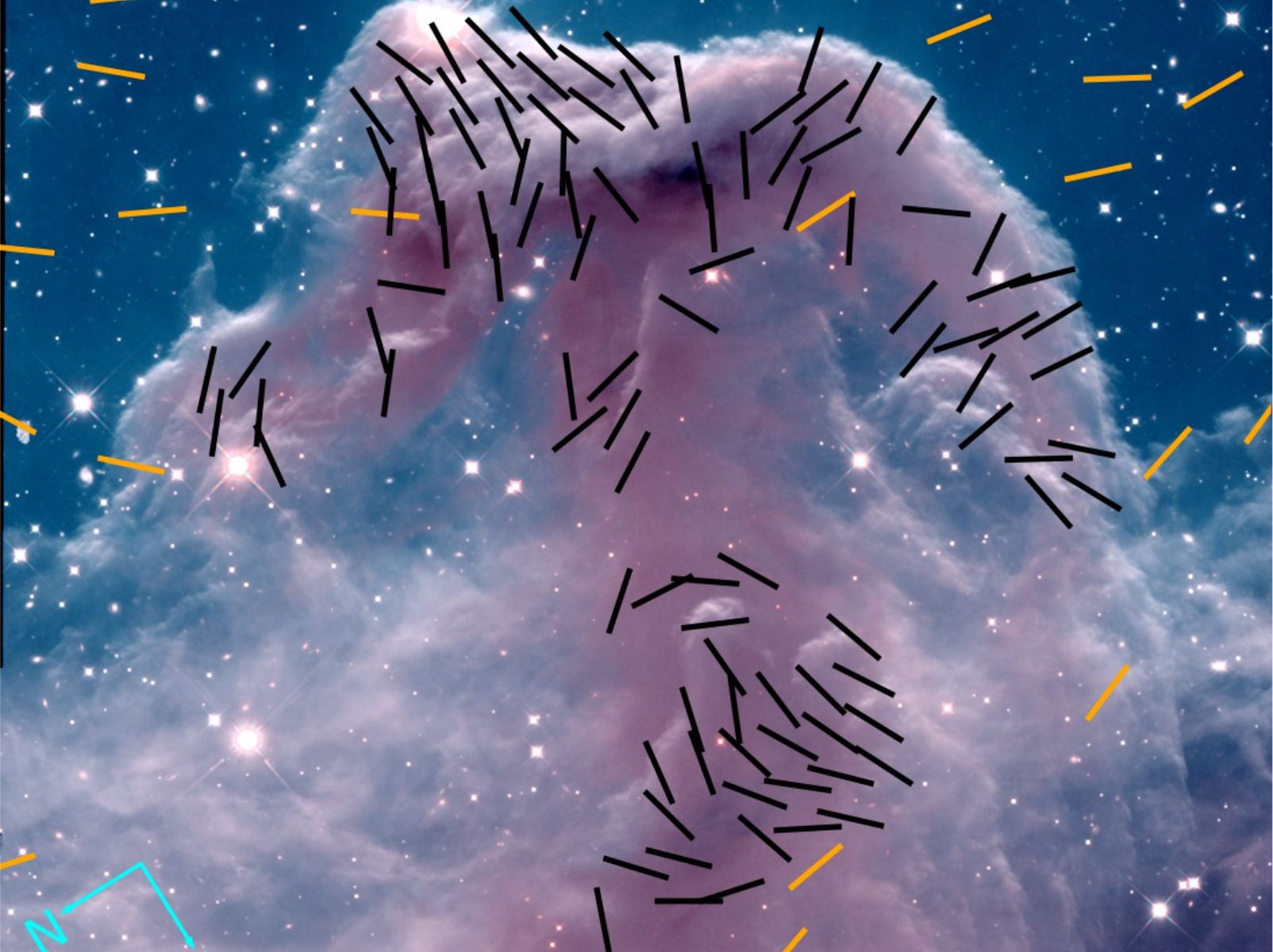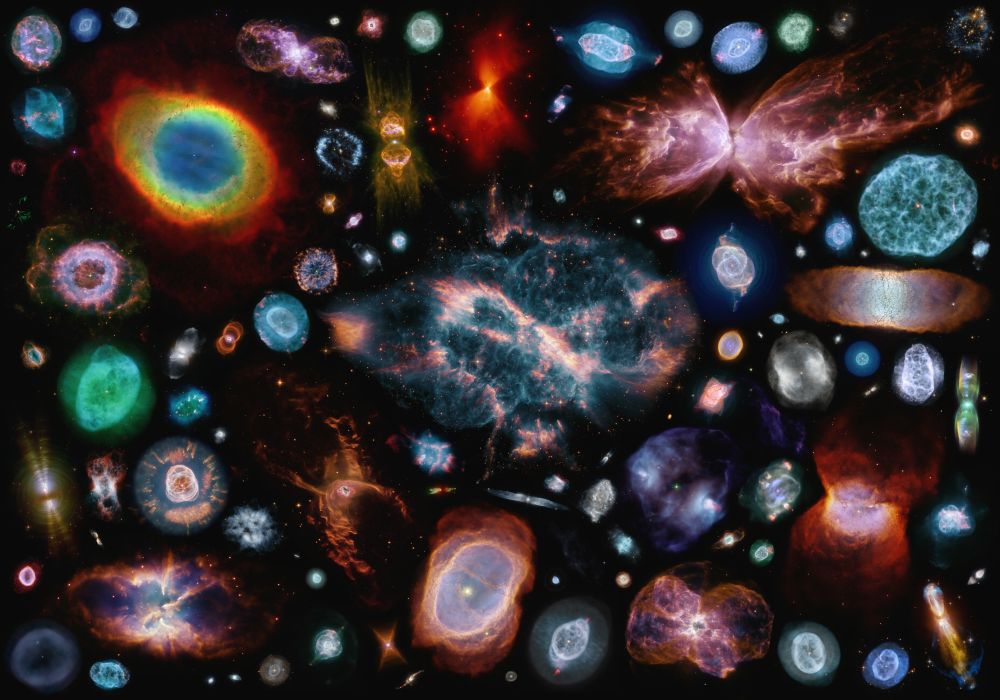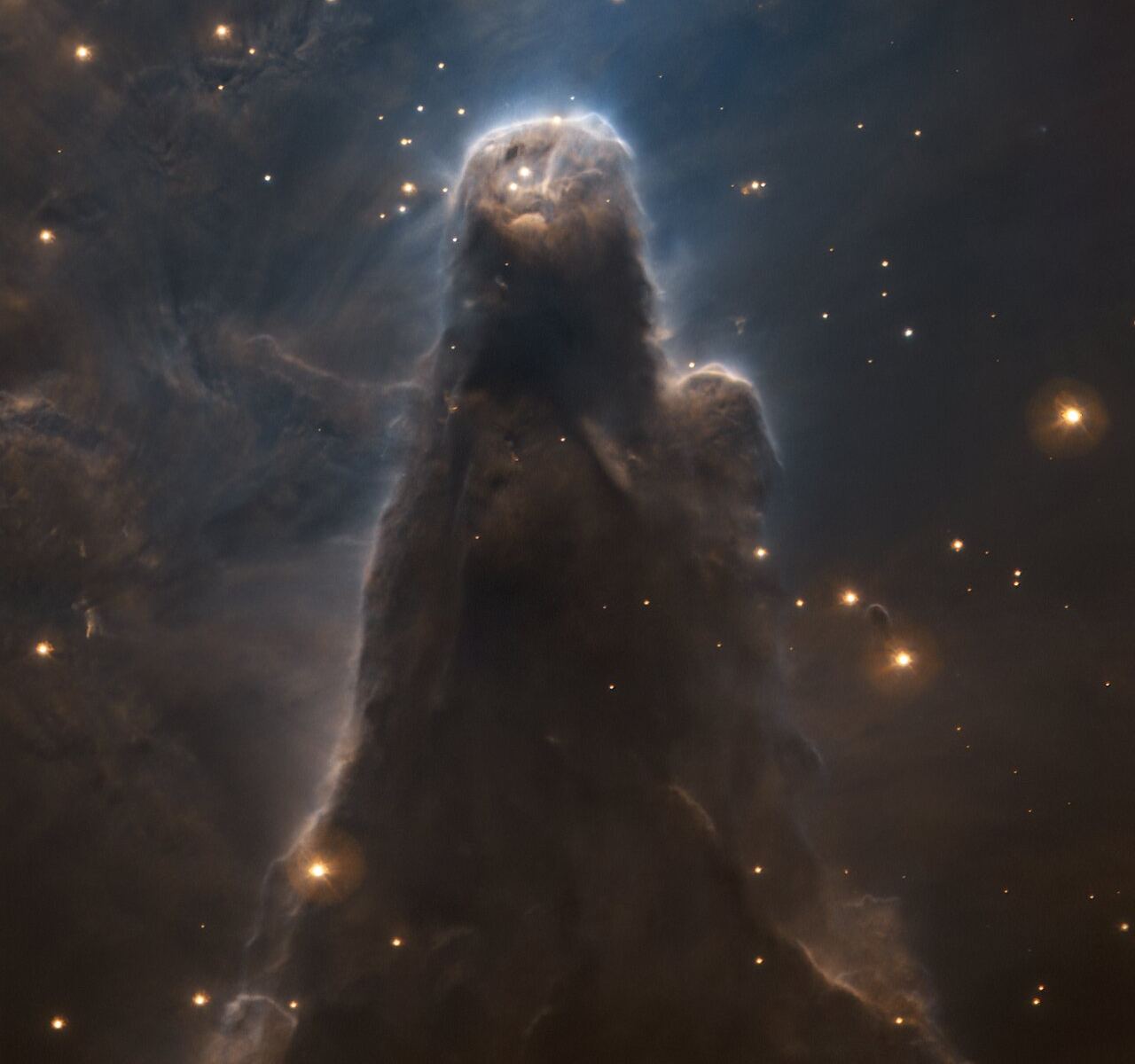The Tarantula Nebula is a star formation region in the Large Magellanic Cloud (LMC). Tarantula is about 160,000 light-years away and is highly luminous for a non-stellar object. It’s the brightest and largest star formation region in the entire Local Group of galaxies.
But it shouldn’t be.
Continue reading “The Tarantula Nebula Shouldn’t Be Forming Stars. What’s Going On?”









